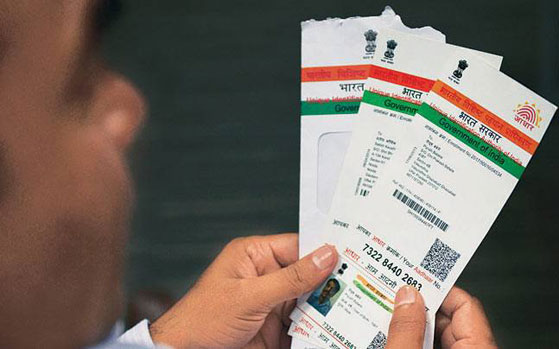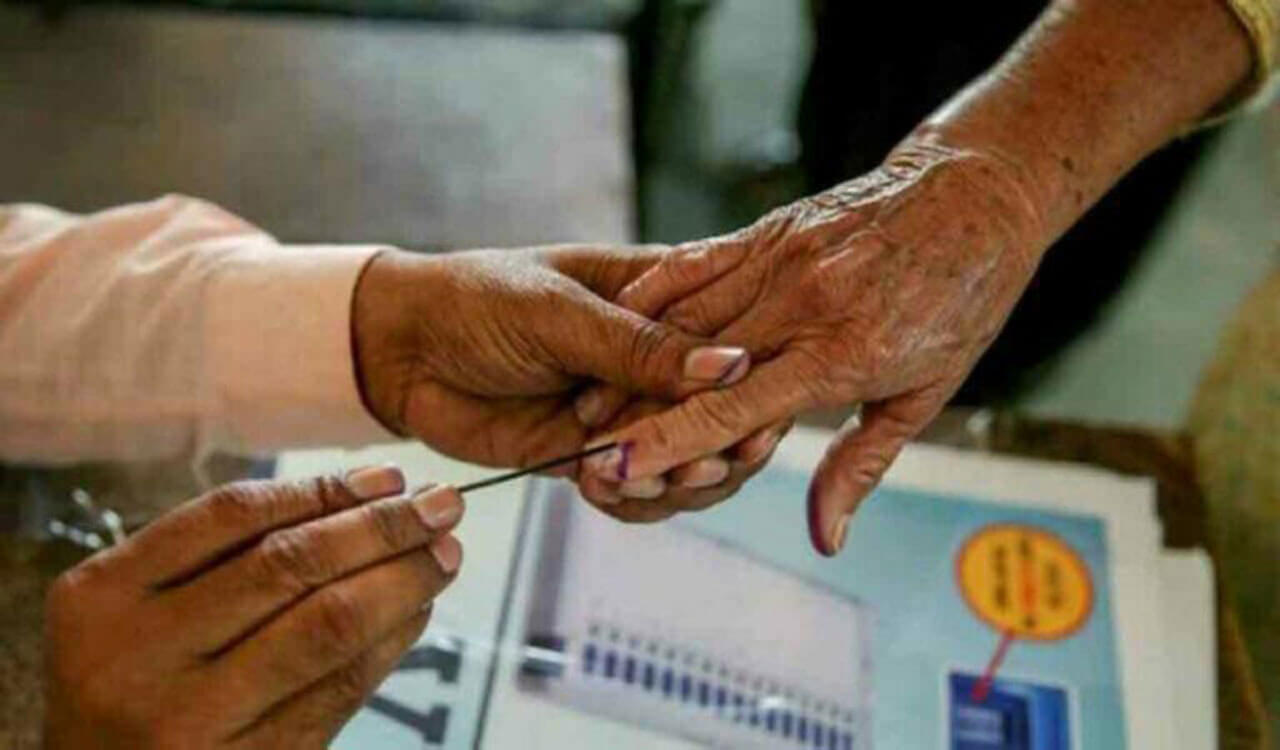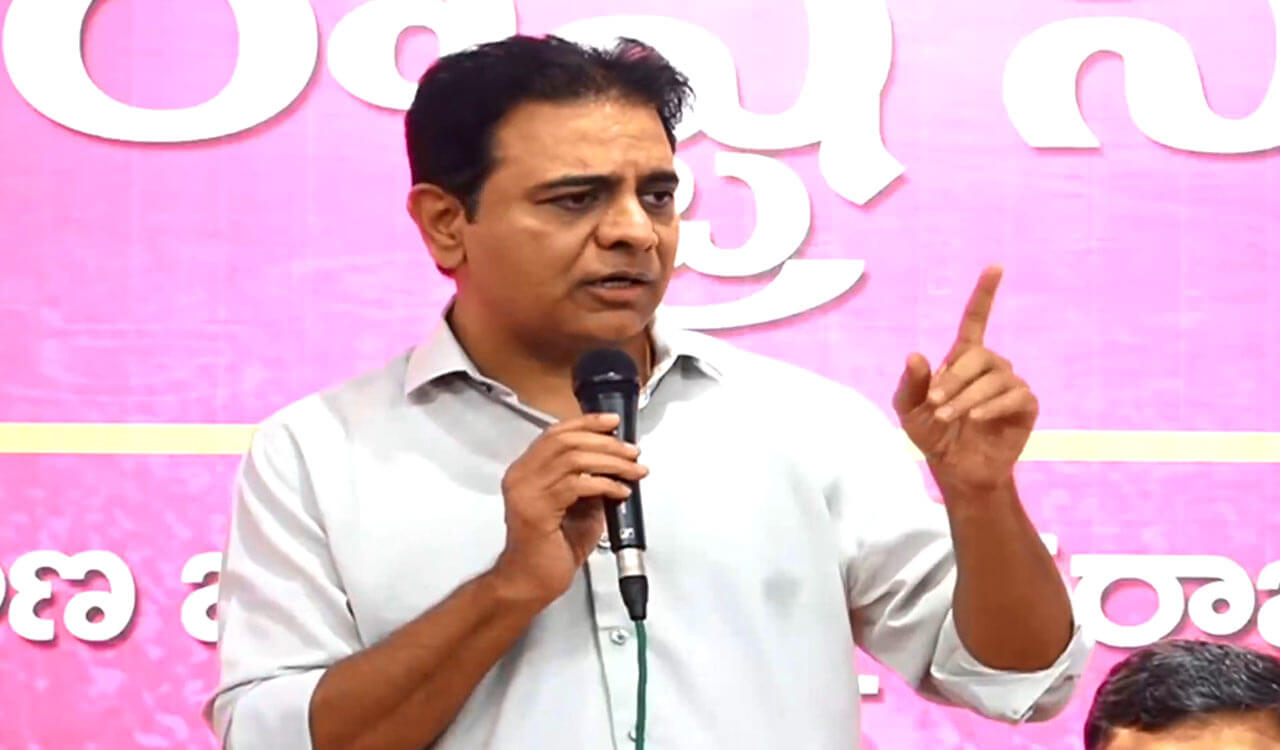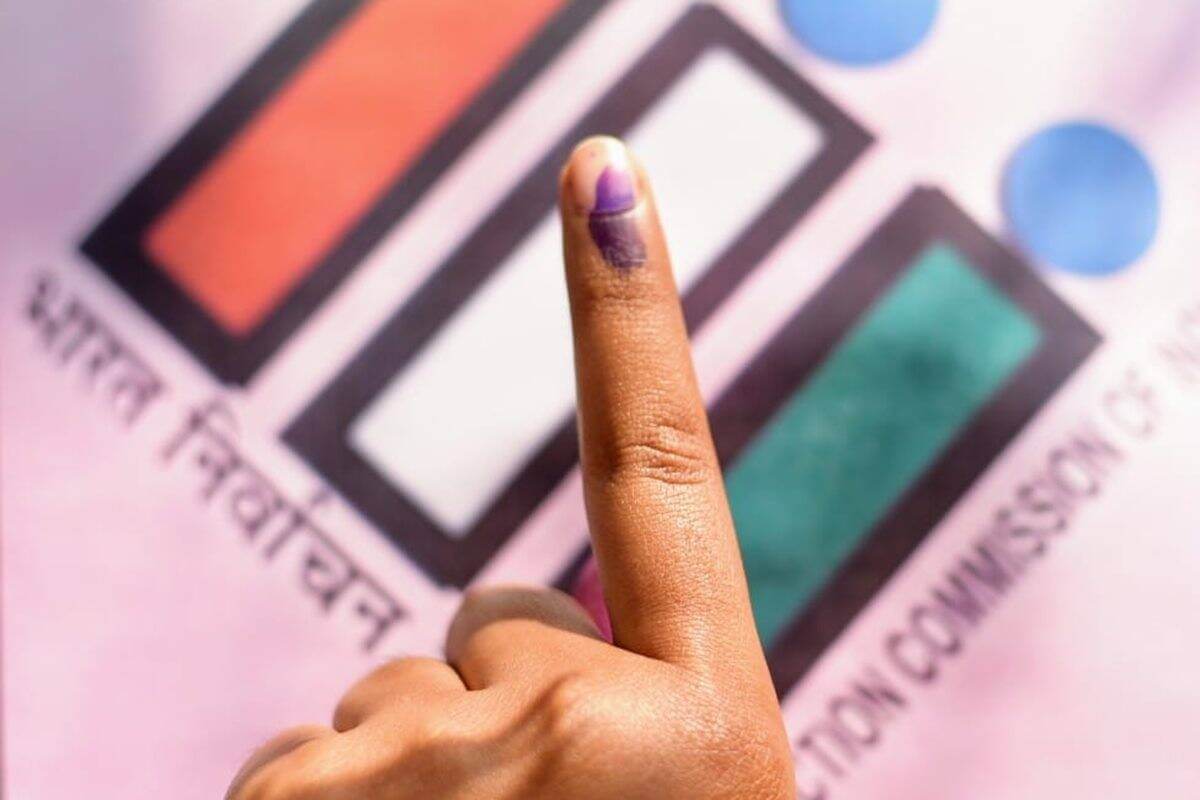88% Indians now have Aadhaar. How will Modi govt cover the rest?
Thu 30 Mar 2017, 17:54:17

More than 1.12 billion Indians–88.2% of the population–have now been enrolled for Aadhaar, India’s controversial biometric national identity programme. An IndiaSpend analysis of a government law that came into effect without much public attention six months ago reveals how the government plans to sign up the remainder of the population.
A 2 November 2016 circular from the cabinet secretariat used two sections of the Aadhaar (Targeted Delivery of Financial and Other Subsidies, Benefits and Services) Act of 2016 to make it mandatory for citizens to provide an Aadhaar number to benefit from schemes and services paid for from the Consolidated Fund of India.
This fund, the most important of all government accounts, receives all government revenues and is the source of most government spending
nationwide, by central as well as state governments. The new Aadhaar law thus brings almost every government expenditure under the Aadhaar ambit.
nationwide, by central as well as state governments. The new Aadhaar law thus brings almost every government expenditure under the Aadhaar ambit.
This comes despite a 2015 Supreme Court (SC) interim order that held Aadhaar enrollment voluntary, and in the face of strident civil society opposition over privacy and security concerns that personal information obtained under the programme could be misused, and that already-deprived sections of the population without access to Aadhaar enrollment may be further marginalized.
The 12-digit, biometric Aadhaar unique identification (UID) number, meant to be a voluntary enrollment, will soon be compulsory to receive benefits under 530 welfare schemes and to perform a host of activities including filing income-tax returns, receiving college degrees and obtaining driver’s licenses.
No Comments For This Post, Be first to write a Comment.
Most viewed from National
Most viewed from World
AIMIM News
Latest Urdu News
Most Viewed
May 26, 2020
Where should be the burial of the pilgrims martyred in the Saudi Arabia bus accident?
Latest Videos View All
Like Us
Home
About Us
Advertise With Us
All Polls
Epaper Archives
Privacy Policy
Contact Us
Download Etemaad App
© 2025 Etemaad Daily News, All Rights Reserved.











.jpg)

























.jpg)
.jpg)
.jpg)


